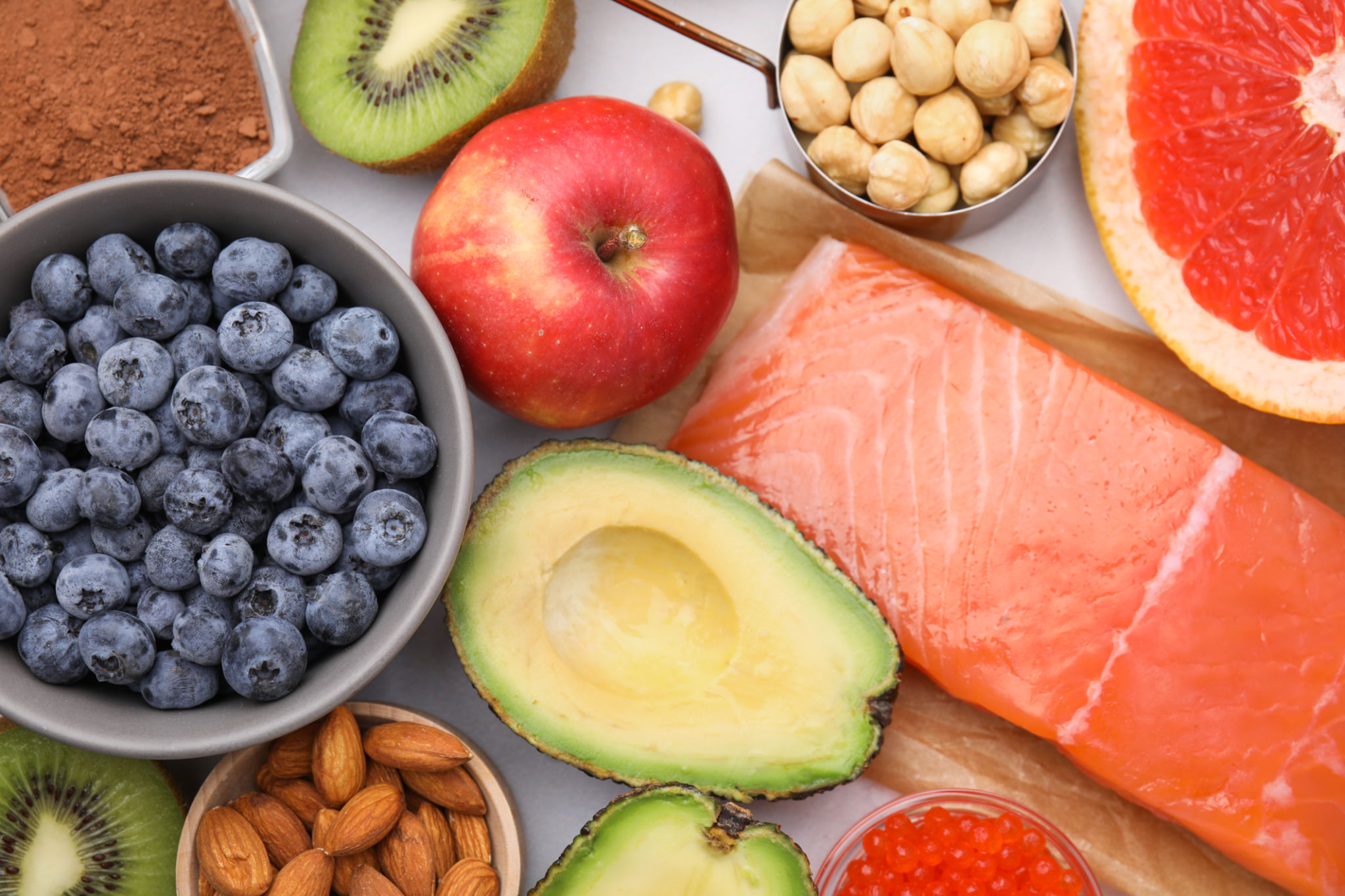RCVM.ORG
- Subcritical CO2 Extraction labs
- SES - 2
- SES-80
- Pure full spectrum raw botanical extracts
- Functional food
- Coffee + Schisandra
- Coffee + Hop extract
- Coffee + Artemisia Annua extract
- Almonds Protein
- Walnuts protein
- Services
- About
- Investor's page
- Blog
- Mare's milk processing
- CO₂ Dry Cleaning
- Subcritical CO₂-Extracted Shikonin for Skin Injury Treatment
How to Integrate Functional Foods into Your Daily Diet
Understanding Functional Foods
Functional foods are a category of foods that provide health benefits beyond basic nutrition. These foods are typically rich in vitamins, minerals, and other nutrients that can enhance overall well-being. Incorporating functional foods into your daily diet can be a simple yet effective way to boost your health.

Identifying Common Functional Foods
Many everyday foods fall under the category of functional foods. Examples include fruits like berries, which are high in antioxidants, and fatty fish, rich in omega-3 fatty acids. Whole grains, nuts, seeds, and fermented foods like yogurt and kefir also offer various health benefits. By understanding which foods are functional, you can make informed choices about what to include in your meals.
Strategies for Incorporating Functional Foods
Integrating functional foods into your diet doesn't have to be complicated. Here are some strategies to help you get started:
- Plan Your Meals: Begin by planning your meals around functional ingredients. This can help ensure you're including these beneficial foods regularly.
- Add to Your Favorites: Enhance your favorite recipes by adding functional ingredients, like tossing nuts into a salad or adding spinach to your smoothies.
- Explore New Recipes: Try new recipes that focus on functional foods. This can be an exciting way to diversify your diet while reaping health benefits.
Breakfast Ideas with Functional Foods
Breakfast is a perfect opportunity to incorporate functional foods into your day. Start with a bowl of oatmeal topped with fresh berries and a sprinkle of flaxseeds. This combination is not only delicious but also packed with fiber and antioxidants to kickstart your day.

Functional Foods for Lunch and Dinner
For lunch and dinner, consider dishes that combine lean proteins with plenty of vegetables. For instance, a grilled salmon salad with mixed greens, avocado, and a squeeze of lemon offers a hearty meal rich in omega-3s and essential vitamins. Alternatively, stir-fries with colorful vegetables and quinoa provide a nutrient-dense option.
Snacking on Functional Foods
Snacking can also be an opportunity to consume functional foods. Nuts, seeds, and dried fruits make for convenient and healthy snacks. Consider making your own trail mix or enjoying a small bowl of Greek yogurt with honey and walnuts for a satisfying treat.
Overcoming Common Challenges
While incorporating functional foods into your diet is beneficial, it may come with challenges such as cost or availability. To overcome these, consider buying in bulk or choosing seasonal produce, which can be more affordable. Additionally, explore local markets or online sources for diverse options.

Tracking Your Progress
To maintain motivation and ensure you're meeting your nutritional goals, keep track of your dietary changes. Use apps or journals to note what functional foods you've incorporated and any health benefits you've noticed. This reflection can help reinforce positive habits over time.
Conclusion
Integrating functional foods into your daily diet is an achievable goal that can lead to significant health improvements. By planning meals thoughtfully, trying new recipes, and making simple swaps, you can enjoy the benefits of these nutrient-rich foods every day. Start small, stay consistent, and watch as these changes contribute to a healthier lifestyle.